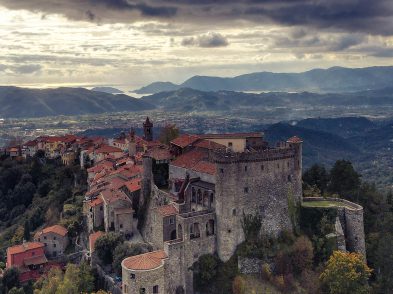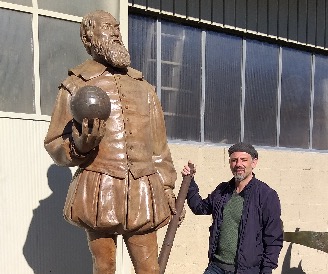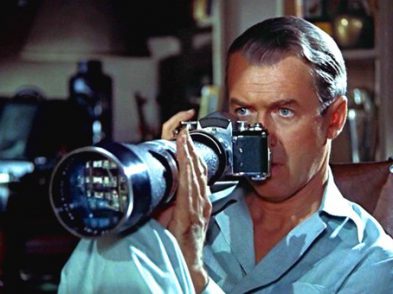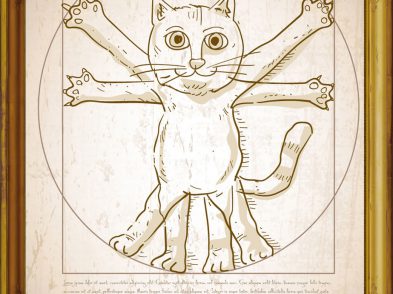Gina Lollobrigida
is more than actress and Italian cinema icon. She is a great lady with many
talents. Her high spirits, charming smile and strong character have made her a
living legend. The Florentine caught up with her in the Sant’Agostino church,
surrounded by her marble and bronze sculptures, unveiled in Pietrasanta for her
first exhibition in Italy.
Ten years ago she
came to work in this small coastal town where she was given honorary
citizenship-these days you can see her shopping perfectly at ease with the town
and its people, who are accustomed to mingling with the internationally rich
and famous.
For her opening,
‘La Lollo’ had smiles for her fans of every age, leaving a lasting impression
of admiration and respect for her talent, and also for her lasting beauty.
After all, it was Humphrey Bogart who said, ‘When it comes to sex appeal, Lollo
makes Marilyn Monroe look like Shirley Temple.’
Her private life
is taboo, but she was very keen to talk about her first and most important
love: sculpture.
Why did you choose Vissi d’Arte,
the title of a Puccini aria from Tosca, for your exhibit?
Though this area is the home of Puccini, it was more of a homage one of
my dearest friends, Maria Callas. She, like me, was a ‘self-made’ woman. We
were very close, both with strong characters, and we both struck out alone
without anyone’s help.
What does art represent for you?
Art is Beauty. I was lucky
to be born with many talents. I originally wanted to be a sculptor, but destiny
had other plans. While I was studying at the Academy of Fine Arts in Rome, I
was continuously asked to make movies. It was just after the war, and I needed
extra money to keep studying. However, it was only after I met the great
director Vittorio De Sica that I became an actress. Then, as I had many
interests, I also went behind the lens and for many years travelled the world
as a photographer.
I am constantly searching for new projects, so in 1990
I decided to go back to sculpting. I landed in Pietrasanta because of its
marble production and renowned artisans. It was a big challenge for me to have
my first Italian exhibit here in Pietrasanta, as there are so many artists and
everyone is a judge. But I have never been one to opt for the easy route, so
here I am.
Though you are one of the most famous and
prestigious representatives of Italian cinema in the world, this exhibit
highlights your other talents. Which is closer to your heart: acting,
photography or sculpture?
Sculpture and photography.
How would you define your artistic style?
Critics call my works strong, dynamic and
expressive-some say they bring to mind Manzù, who taught me about the humility
and passion necessary for sculpting. But really I do what I feel. I don’t
follow trends; rather I try to express the emotions I have felt in my
life. Take my bronze statue in Piazza del Duomo, for example. It represents
hunger in the world-I knew what it was like to be hungry during the war. But
then immediately after the war was over, we had to think positive, to smile and
be full of imagination and energy, so I sculpted characters from my movies,
like La Bersagliera, the Queen of Sheba, Venere Imperiale, and Esmeralda.
Beauty, talent, good-will, luck and
connections: which is the most important for being successful?
Talent and good will. Success doesn’t come by chance. You have to
really want something and go for it, no matter what. But you also have to work
very hard.
Is there any director you would like to work
with today?
Cinema is very different now from what it used to be in the golden age
of the 50s, 60s and 70s-but I couldn’t say no to Spielberg if asked.
How do you like living in Pietrasanta?
I feel at home. Nobody bothers me. It’s very different from Rome,
where they chase you constantly. Here I can work happily and relaxed, among
competent people who respect me and my privacy.
What’s next for you?
I am receiving the Lifetime Achievement Award in Washington, D.C. in
October and I’m opening an exhibit of my photographs in the Santa Barbara
Museum in January.
VISSI D’ARTE
Until November
16
Piazza del
Duomo and the Sant’Agostino Cutural Centre, Pietrasanta
Getting
there: trains run
between Florence and Pietrasanta regularly.








